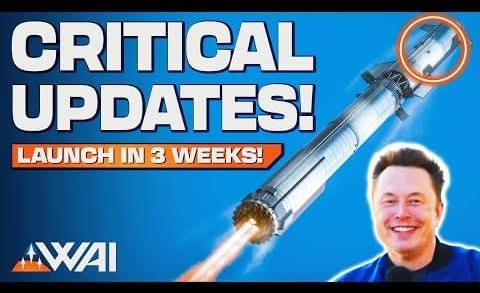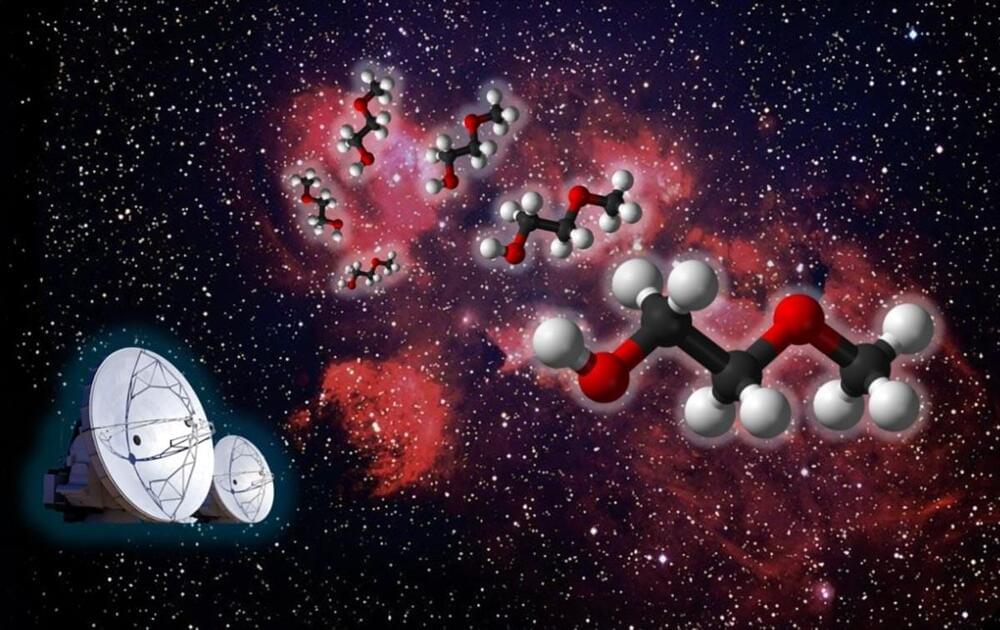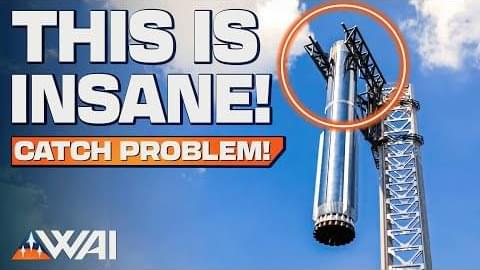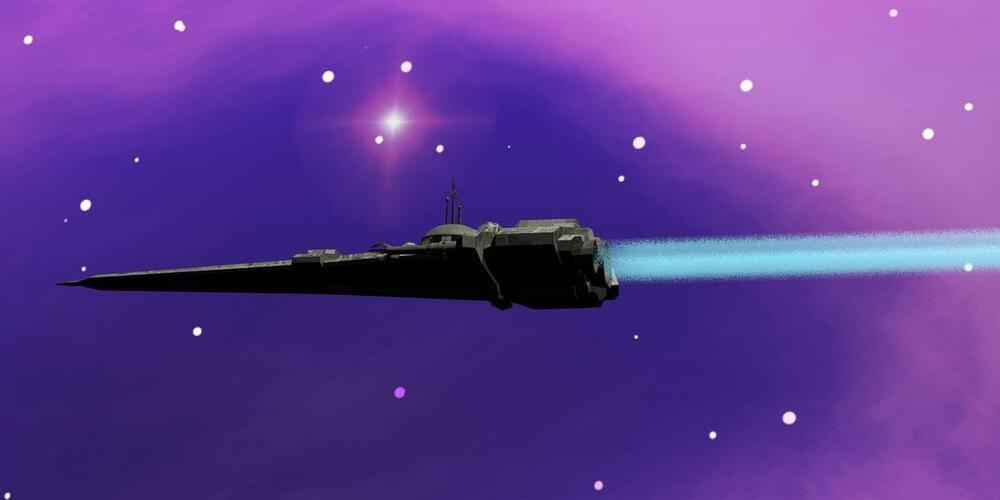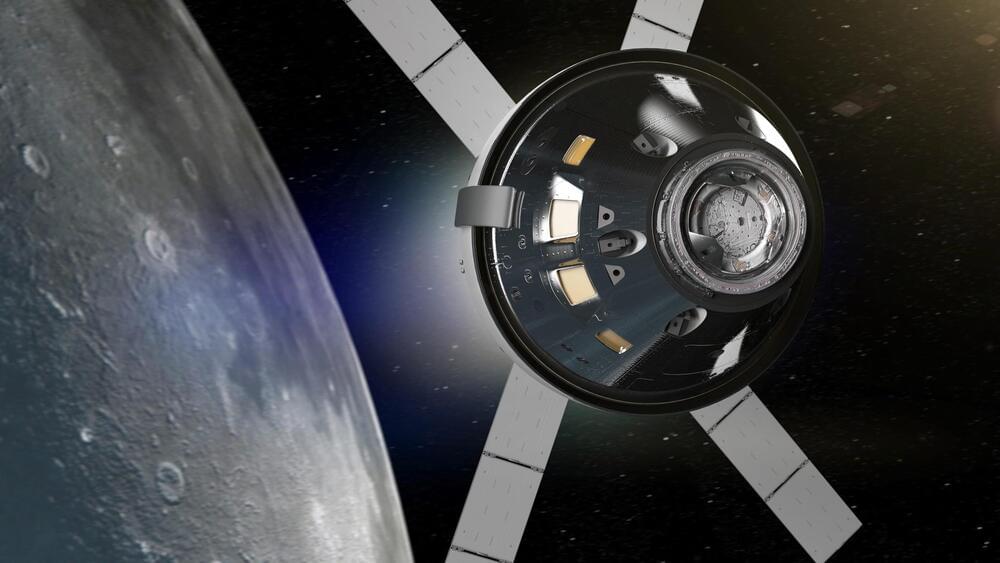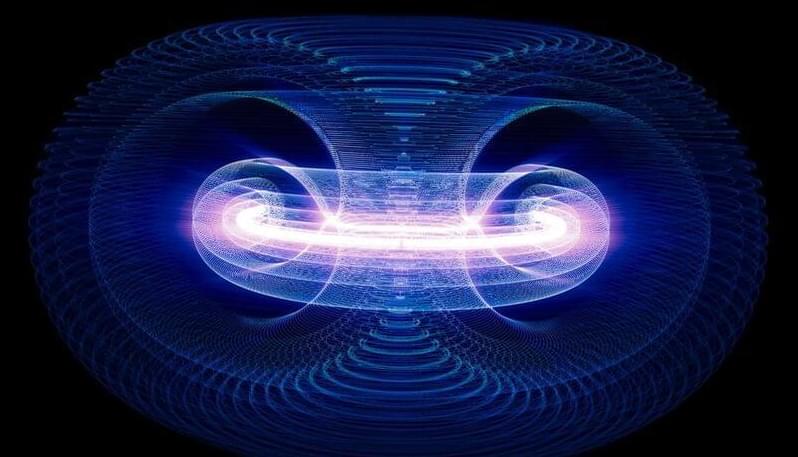May 7, 2024
SpaceX’s Next Starship: Critical Updates and Future Missions
Posted by Chris Smedley in categories: internet, space travel
SpaceX’s dedication to pushing the boundaries of space travel is reflected in the constant evolution of Starship technology, with critical updates focused on enhancing control authority for future orbital missions and the potential for revolutionizing internet access in space Questions to inspire discussion What critic.
